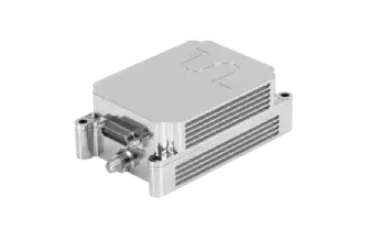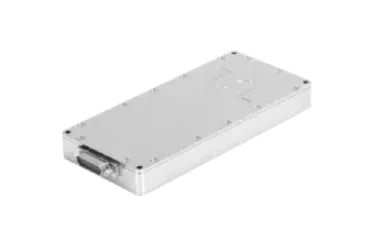Global Navigation Satellite Systems (GNSS) receivers are essential tools for accurately determining position, velocity, and time. They use signals from a network of satellites to calculate precise location data, making them crucial for a variety of applications such as surveying, mapping, and navigation. In this guide, we will explore the basics of GNSS receivers, their components, and their capabilities.
What is GNSS Receiver ?
GNSS receiver is a device that receives signals from multiple satellites and uses them to determine its own position. It works by measuring the time it takes for signals to travel from the satellites to the receiver, and then using this information to calculate its position. The more satellites the receiver can receive signals from, the more accurate its position calculation will be.
Components of a GNSS Receiver
A typical GNSS receiver consists of four main components: an antenna, a radio frequency (RF) front-end, a digital signal processor (DSP), and a user interface. The antenna is responsible for receiving signals from the satellites, while the RF front-end amplifies and filters these signals. The DSP then processes the signals to determine the receiver’s position, and the user interface displays this information to the user.
Types of GNSS Receivers
There are two main types of GNSS receivers: single-frequency and dual-frequency. Single-frequency receivers use signals from one frequency band, while dual-frequency receivers use signals from two frequency bands. Dual-frequency receivers are more accurate and less prone to errors, making them the preferred choice for high-precision applications such as surveying and mapping.

Trimble R2 GNSS Receiver
The Trimble R2 GNSS receiver is a high-precision dual-frequency receiver that offers centimeter-level accuracy. It is designed for use in challenging environments and features anti-jamming technology to ensure reliable performance even in areas with high levels of interference. The R2 is also compact and lightweight, making it easy to transport and use in the field.
Anti-Jamming GNSS Receivers
Anti-jamming GNSS receivers are designed to mitigate the effects of interference from sources such as radio signals, power lines, and other electronic devices. They use advanced algorithms and filtering techniques to suppress the interference and provide accurate position data. These receivers are especially useful in urban areas where there is a high concentration of electronic devices.
Conclusion
GNSS receivers are essential tools for a variety of applications that require accurate positioning data. They use signals from a network of satellites to determine their position, and their accuracy can be improved by using dual-frequency receivers or anti-jamming technology. The Trimble R2 GNSS receiver is a high-precision dual-frequency receiver that offers reliable performance even in challenging environments. By understanding the components and capabilities of GNSS receivers, you can choose the right one for your specific needs.



